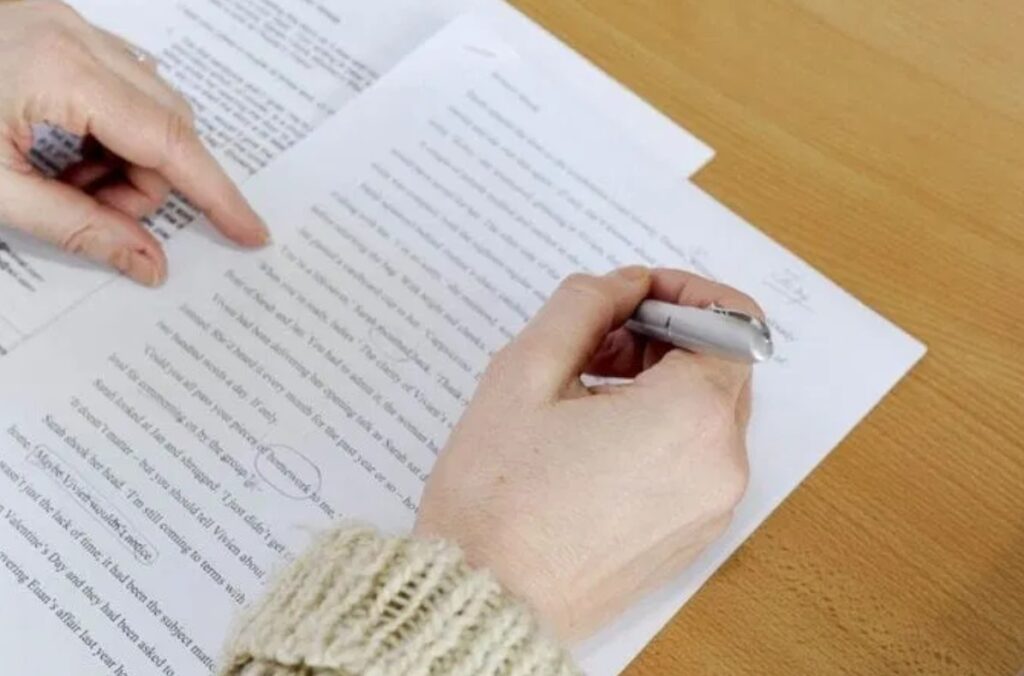Contrary to what most students think, writing a short essay can be challenging. It is because the idea of briefly sharing ideas in a limited amount of words is tricky and complicated for most. The majority of the students love essays because they express their thoughts without being limited to a specific range. However, this is different in the case of a short essay. The limitations make most students write weak short essays. For example, some can submit such a task without conveniently expressing their ideas in detail. Others can hand in their homework without covering various sections comprehensively, like the body and conclusion. In this article, you will get insight into how you can effectively write a short essay in eight simple steps.

Step One: Analyze the Essay Prompt
Analyzing the prompt entails reading the question or topic and understanding what it involves. Sounds simple, right? Well, for some, analyzing the prompt is a nightmare. Again, a short essay is a task that is limited to a particular range of words, for instance, 500 to 600 words. When students have such an assignment, they tend to push it to the last minute, thinking that they can write them in several minutes. Most students who wait until the last minute to write their short essays make the mistake of not understanding what the prompt requires. Therefore, they write something entirely different than what the item is asking for. Do not make this mistake. Always take time to analyze what the subject is looking for so that you know what to research and write in this task.
Step Two: Develop the Thesis Statement
Now that you know what the task is looking to go ahead and create a working thesis. A working thesis refers to one or two sentences that tell the reader of the main idea of your work. It helps in guiding the entire short essay of the student since all the content formulated must support the thesis statement. When writing this statement, ensure that it is concise and specific. You do not want to create a working thesis that diverts from the main idea of your creative piece. If you have trouble writing your thesis, you can always use a professional essay writer from accredited services like Acemyhomework.com.

Step Three: Come up with an Outline
Essay writing becomes more effective and straightforward when a student uses a draft. An outline or a draft refers to an overview detailing all the points and major essay sections that will be discussed in the final piece. When writing the framework, a student must first brainstorm all the ideas that they want to discuss in their piece. After that, they must classify them in the right section, beginning with the most crucial point. This point has to be accompanied by three concrete supporting details. The plot that you come up with should guide you during the writing process.
Step Four: Write the Essay Introduction
When most students are tackling any essay assignment, they tend to write their introduction first. Although it is not a wrong approach, it, however, is contradicting for some. Most students may spend ample time in the introduction, wondering how they can creatively pen their ideas to keep the reader glued to their piece. Most scholars advise that students write their short essay introductions after writing the other two sections. The approach helps the writer to have a clear picture of what hooks they can use to capture their reader’s attention. After looking at the body and conclusion, the writer becomes fully integrated their ideas and have a clear vision of how to develop their introduction.

Step Five: Write the Body Paragraphs
The body paragraphs carry the main discussions of the short essay. Therefore, they have to be thorough and accurate. When writing the body paragraphs, let each section discuss only one idea. Thus, in the case of the first body paragraph, let it begin with a topic sentence, which in this case, is the main idea. After penning it down, write three or four sentences containing three supporting details that justify the point you just wrote. If you were required to use in-text citations, ensure that you properly cite your points without overcrowding in one area or paragraph.
Step Six: Create Flow
Flow is essential in a short essay. It is the flow that keeps the reader engaged by your wording. To ensure that you have a good flow in your piece, use excellent transitioning words. Transitioning words include things like again, in addition to, furthermore, besides that, and as a result. Another way you can create flow in your writing is by discussing one idea in one paragraph. Jumbling up thoughts in one section can confuse the reader and break the essay flow. You can also create flow by using connecting words instead of brief and clipped sentences. These sentences will only divert the reader away from your topic, which, as a result, breaks the flow.

Step Seven: Write the Conclusion
The conclusion is the easiest yet the most misunderstood essay section. It only asks the students to restate the thesis statement and summarize their entire work in a few sentences. However, students take a very different approach when writing this part. Some will introduce new ideas that did not fit into their body paragraphs. Others will create a summary instead of a brief and concise conclusion. An excellent conclusion is one that contains the main arguments and the thesis statement.
Step Eight: Revise and Proofread Your Short Essay
Revising your work is quite critical. It helps you eliminate mistakes that would reduce your essay quality and make the reading complicated and confusing. Some of the errors that are corrected when proofreading include grammatical errors, punctuation mistakes, misspellings, plagiarism, repetition, and transitioning mistakes.

Writing a short essay can be difficult for most students, but not when one follows these steps. These steps will guide an individual with a short essay assignment right from the word go to the point they submit it for marking. Thus, use these steps to make your short essay writing process less daunting and more effective.





